1909 Chile Revival

Introduction
From Freeport, Illinois, Willis C. Hoover (July 20, 1858 – May 26, 1936), a physician in the Chicago area, became a missionary with the Methodist Episcopal Church and accepted the call to the country of Chile, arriving there in 1889. As a missionary, Hoover began by teaching English in the city of Iquique.
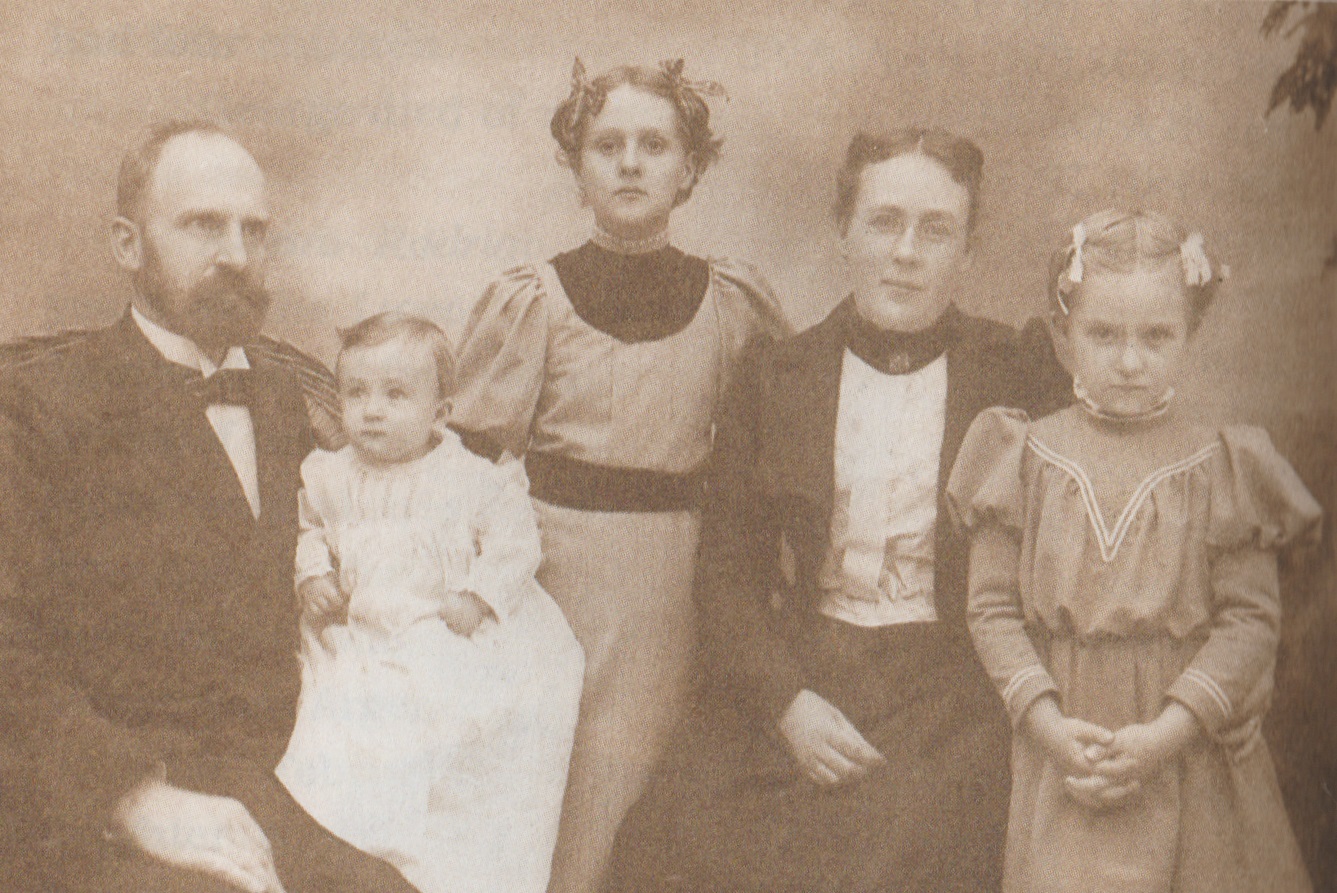
Willis and Mary Hoover, with baby Ernest, daughters Helen and Rebecca – 1901
In February 1902, Hoover was asked to take over a church in Valparaíso, Chile. During this same year, a revival commenced among the Methodist Episcopal churches. About a hundred people were added to the church Hoover was pastoring, and the entire denomination in the region increased in attendance by 44 percent. This growth was sustained and increased through
- Visitation in the homes of church members by teachers of the classes.
- Reports being given to the pastor in regard to the visits conducted by teachers.
- Prayer and evangelism being consistently conducted.
During the same year, the church’s Sunday School lessons were focused on the Book of Acts. During this study, a person asked Hoover the question:
What prevents our being a church like the Early Church?
To that question, Hoover replied:
Nothing prevents it, except something within ourselves.
This study of the Book of Acts added fuel to the passion for the spreading revival that the congregation was already experiencing.
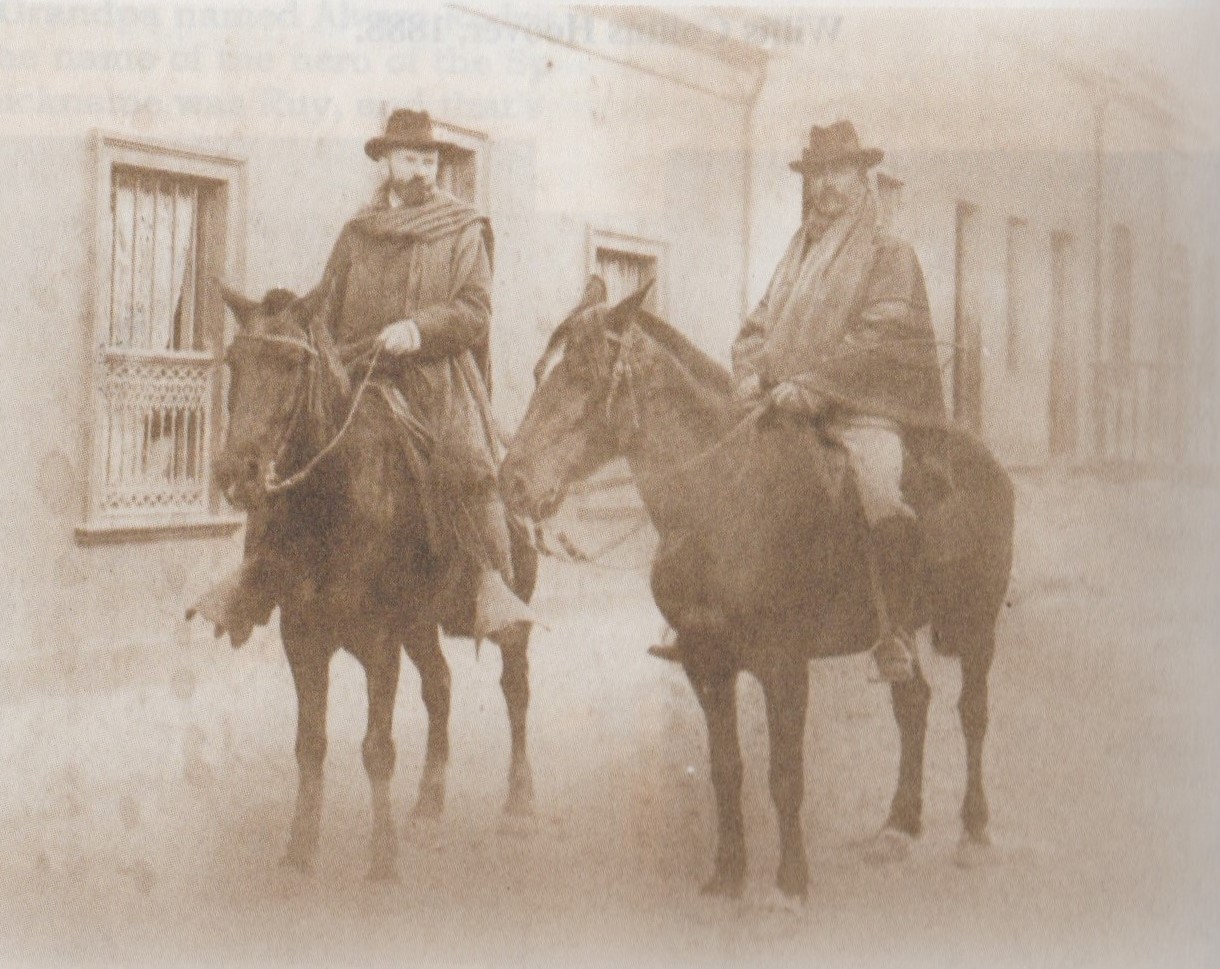
Left – Willis Hoover, with Rev. H.L. Williams
Near Iquique, Chile – 1898
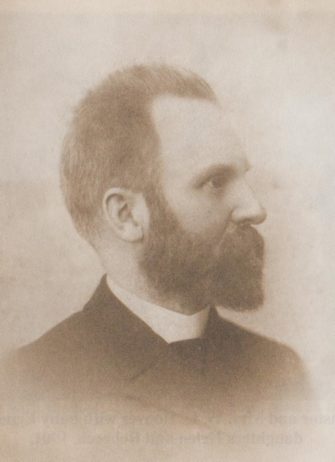
Willis Hoover – 1888
In 1903, with the revival still ongoing, the notable Argentine evangelist, Pablo Bettex, came and conducted services at the Valparaiso church, as well as in other churches throughout South America. Due to the congregation’s observation of that man’s commitment to prayer and focus on evangelism, the revival they were experiencing received a fresh wind and it carried them along throughout that year.
In 1904, Hoover and his family returned to the United States for furlough, and the congregation was left in the hands of an associate.
In 1905, a smallpox epidemic ravaged the city, affecting the members of Hoover’s congregation as well. For two years there was no significant movement taking place in the Valparaiso church.
On August 16, 1906, an 8.6 earthquake devastated the city of Valparaíso, destroying the building the congregation was worshiping in. The positive aftereffect of this earthquake was that the congregation was forced to meet in locations throughout the city, providing many opportunities for exhorters and preachers to develop their speaking gifts.
In February of 1907, a tent was received from the Methodist Mission Society, and the congregation began worshiping in one location again. One year later, the congregation reverted to worshiping in homes and at other sites throughout the city.
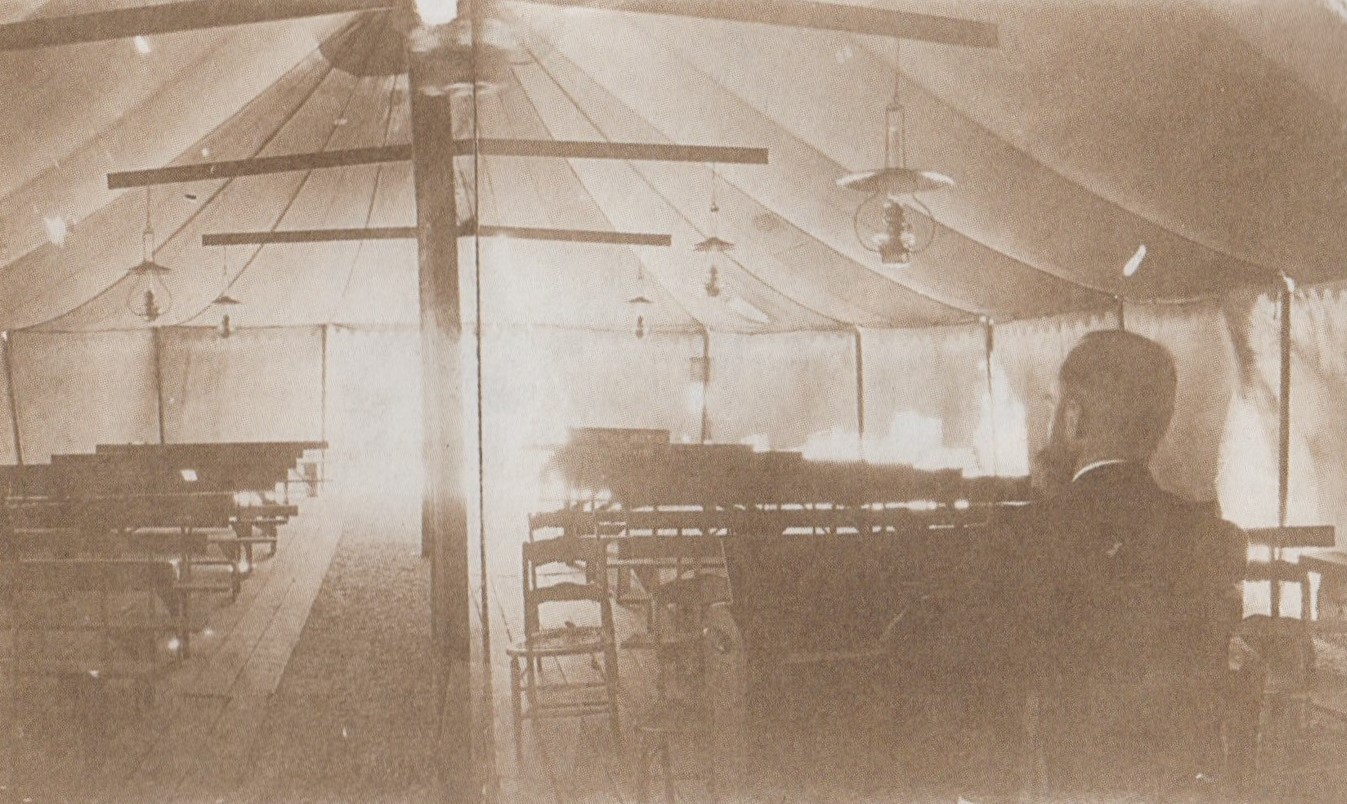
Hoover on right, sitting at the organ in the tent the Valparaiso congregation met in for about one year (1907).
Conditions in the tent: “melting in the heat, freezing in the cold, shaken by the wind.”
In 1907, Minnie Abrams, a missionary working at Pandita Ramabai’s Mukti school in India, sent a letter to Mary Hoover (wife of Willis C. Hoover), her former 1887 classmate at Moody Bible Institute in Chicago, IL, informing her of the revival that was spreading across India in over one hundred locations (Dohnavur, Khasi Hills, Lushai Hills, to name a few).
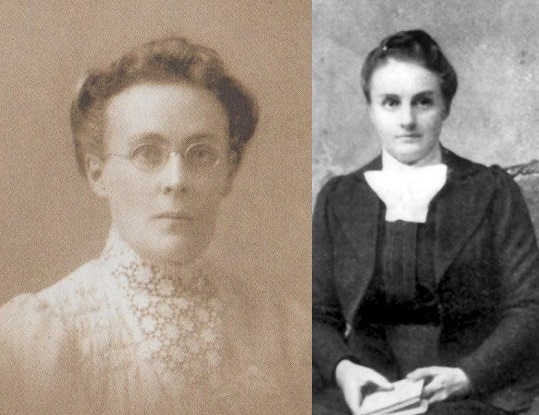
Left – Mary Hoover, and Minnie Abrams (classmates at Moody Bible Institute)
In addition to the correspondence from the powerful Pentecostal revivals impacting India, Hoover also began corresponding with leaders of revival movements in other nations. The replies he received back led him, his family, and their Chilean ministry partners to begin seeking God for the same in Chile. Hoover said:
Thus we came to the conclusion that there were deeper Christian experiences we had not reached. A new hunger was awakened in us to have everything God had for us.
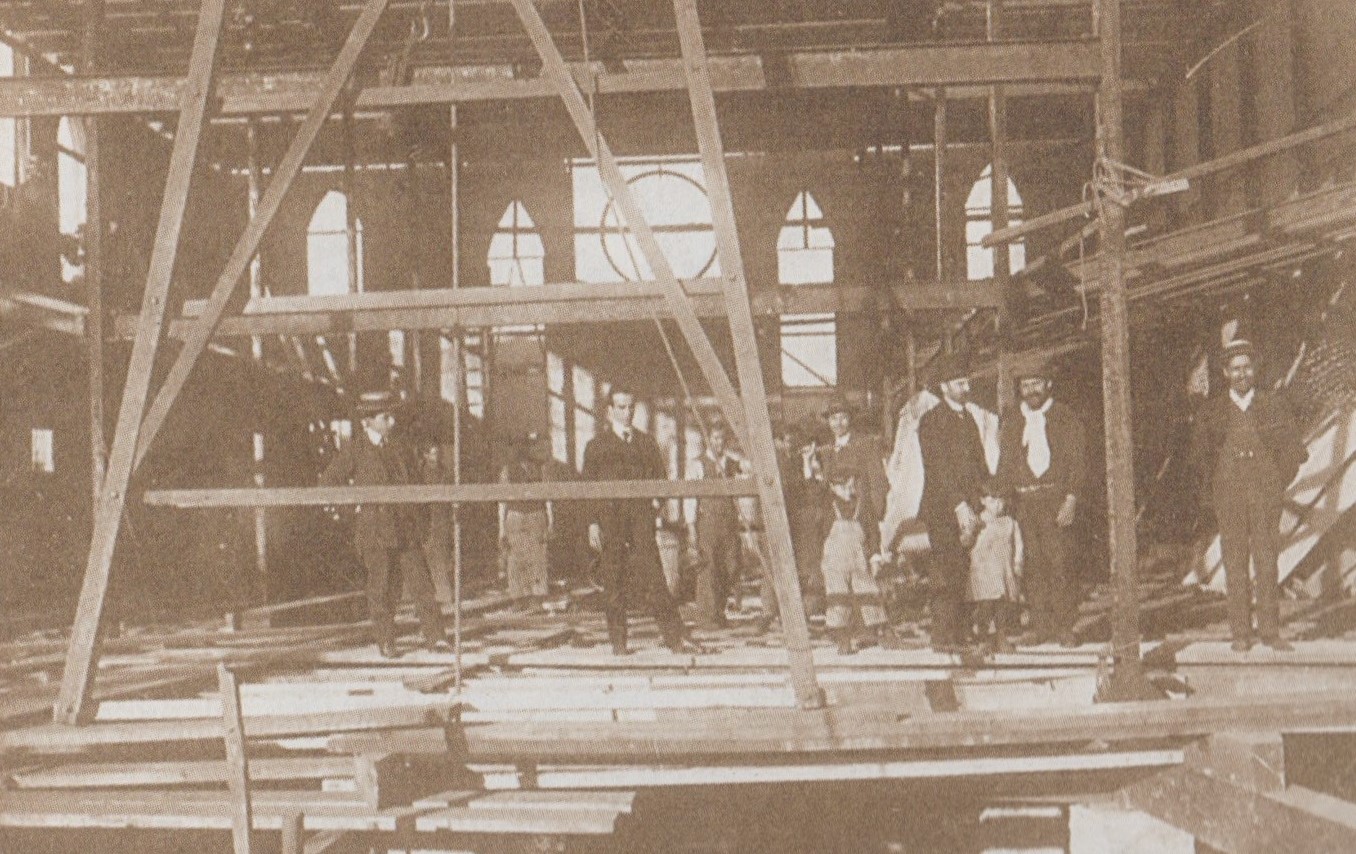
Construction of the New Valparaíso Church – 1908
Extraordinary Prayer
In February of 1908, construction on the new Valparaíso church building was begun, and though not yet finished, it was used for an all-night prayer meeting on December 31, 1908.
During that service, with about 100 persons present, the typical pattern for prayer was for one to open with prayer, then others to pray in turn. But on this night,
Everybody broke out in a loud prayer as if in a concerted pre-arranged plan. It was as if the prayers of a year had been bottled up and, having arrived at this moment, the bottle broke and spilled out. That noise, “as the sound of many waters,” lasted ten or fifteen minutes, then gradually subsided and we rose from our knees.
This happened again and again in those days… Nothing was done either to stop it or to cause it.
On January 14, 1909, a man in Hoover’s congregation experienced a vision of Jesus, in which the man was commanded to relay the following message to Hoover.
Go to your pastor and tell him to call some of the more spiritual brothers and tell them to pray every day, because I am going to baptize them with tongues of fire.
The following afternoon, at about 5:00, five people met and prayed, and that group of dedicated believers made the commitment to each other that they would meet every day at 5 p.m. in the parsonage until the promised blessing was given.
What Happened
In addition to the 5 p.m. daily prayer meetings, there were also Saturday night prayer meetings, which lasted till daybreak.
On Saturday, February 20, with about 30 people gathered together in a room in the church, the presence of God became very real. Hoover, in attempting to describe that presence, said that it was “an ineffable sweetness”.
This presence of God was also accompanied with intense weeping, and at times singing, as well as
a laughter so strong and uncontrollable that he [Hoover] had to sit and give free rein to it, unable to suppress it.
The Saturday all-night prayer meetings continued for seven weeks, until Easter, April 11, when there was a transition made to all-day services on Sunday, beginning at 7:30 a.m. It was during these times that the conviction of sin became pronounced upon some who were present—and following the repentance, reconciliation, and restitution, the lives of the believers were dramatically transformed.
By mid-April, 1909, the revival had begun. The group that had been praying in the parsonage in Valparaíso began to experience the literal fulfillment of Joel 2:28:
I will pour out My Spirit on all mankind; and your sons and daughters will prophesy, your old men will dream dreams…
There were continually those who came under intense conviction, and following repentance, made restitution and reconciliation as necessary. Families were reunited. Cold hearts were set on fire, and this work of the Holy Spirit impacted those of every age group.
Some of the manifestations during this period, including the above-mentioned weeping and laughter, included deep and intense intercession, being manifested as mere groans. There were also many who were prostrated, and the children, like in many revivals, related that they were taken in the Spirit to heaven.
A 12-year-old girl, on one of these occasions sang very gently, in beautiful words that no one could understand, using unfamiliar melodies. Her father asked her later why she sang like that. She answered that “the angels were singing like that, and I was singing with them.
The choir was eventually dissolved, as Hoover explained,
We have the greatest director of all—the Lord God Omnipotent, who has sent the Holy Spirit to direct everything. The world looks on and says, “Scandalous! What disorder!” and all that.
By May and June, Hoover wrote that the church’s attendance was growing phenomenally. By July of 1909, the Sunday School at the Valparaíso church reached 363, with 425 in August and 527 in September. Worship service attendance was between 800 and 900 by October.
Evangelism by the Valparaíso church then took on a new power following prayer meetings. As the people went out on the streets, they began to preach with results.
The atmosphere throughout the region of Valparaíso began to change. Christians no longer had a nonchalant attitude toward sin. Hidden sins were brought to the surface and confessed. Hardened pagans were converted.
The revival fires spread through villages and towns throughout Chile—producing in its members “the highest type of morality,” and touching all levels of society.
The church Hoover was pastoring was the largest Methodist church in Chile, and it became the flagship of the Chilean Pentecostal movement. With Hoover being the Superintendent of the Central District of the Methodist Church, he carried tremendous influence in seeing the revival spread.
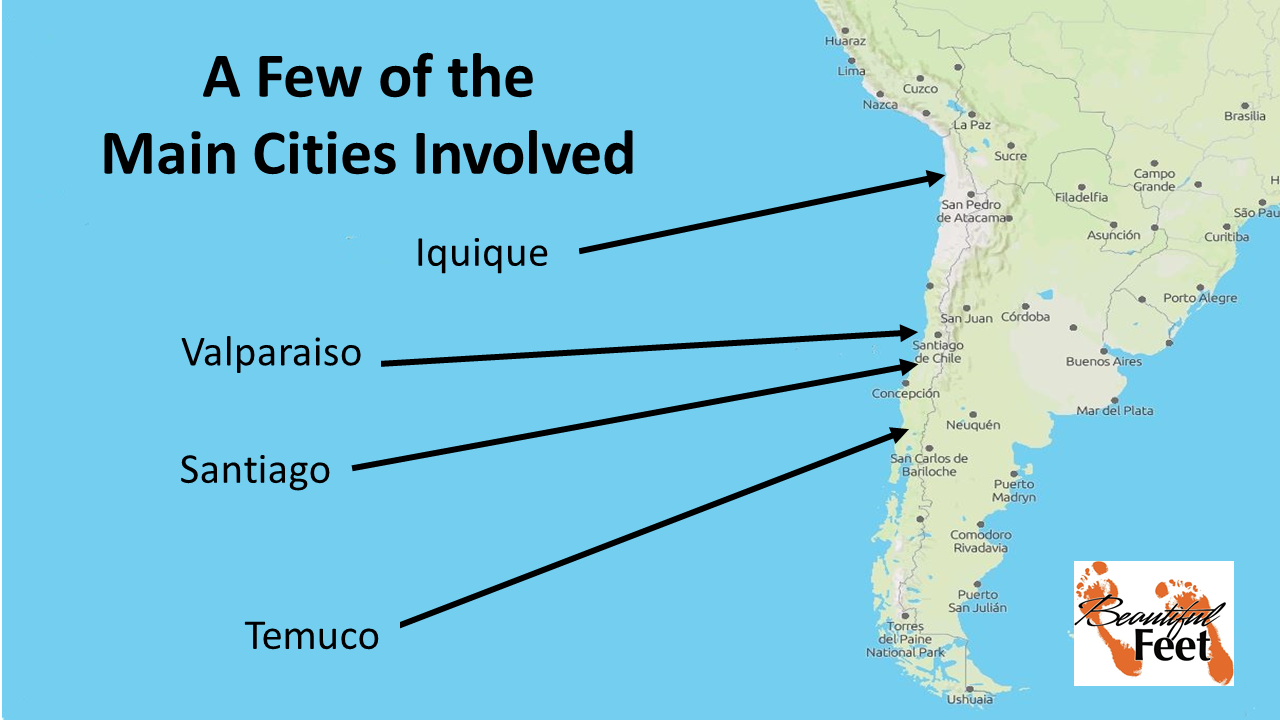
Manifestations Witnessed
► Powerful conviction of sin
► Laughter
► Weeping
► Shouts
► Singing
► Unknown languages spoken and songs sung
► Visions
► Ecstasies—being transported to heaven, seeing beautiful fields, and many other similar experiences
► They spoke with Jesus, angels, and the devil
► Great joy was experienced
► Spirit of praise
► Spirit of prayer
► Great Love
► Fruit of the Holy Spirit multiplied in the lives of believers
As with every genuine revival, there were the counterfeit manifestations that emerged. These were Satan’s attempts at discrediting that which was genuine. Just as every revival is accompanied by counterfeit manifestations, they are also accompanied by critics and detractors, and this revival was no different.
The major point of controversy, according to Hoover, was
The manifestation of strange tongues, and the fact that it accompanied and was evidence of the baptism with the Holy Spirit.
Opposition to the Revival
In August of 1909, Elena Laidlaw, an English lady about 30 years old, who had been raised in a Chilean Methodist orphanage, was taken to church services by Mary Hoover. During a church service Laidlaw was “converted in a powerful way, and baptized in the Holy Spirit.”
Laidlaw, similar to others, began to display “unusual and notable power,” so that her words “convicted many of sin and they were converted.”
What was unique about Laidlaw, was that
When the Spirit took her, [she] could go anywhere in the congregation, eyes closed, reach for a person from the midst (seemingly at random), cause him or her to kneel and tell what the person had in the heart. She would call for repentance, placing her hands on the subject and praying.
In early September, Laidlaw went to Santiago to visit her sister who was ill. Having arrived in Santiago, she visited the Second (Methodist Episcopal) Church on Saturday night and Sunday. On Sunday, September 12, during the church service, while the offering was being taken, Laidlaw asked permission to speak—following the custom of the time—to give an update from the Methodist church she was attending in Valparaíso.
The American missionary pastor, who was opposed to the revival taking place in Valparaíso, denied her the opportunity, and the approximately 180 that were in attendance, who wanted to hear the report, asked the pastor to give her permission. Again, the pastor denied her the opportunity. With that the congregation got up en masse and went out onto the patio to listen to Laidlaw’s report, and then they went back into the church.
With a similar situation involving Laidlaw at the First (Methodist Episcopal) Church in Santiago, the downward spiral of accusations, attacks, and legal battles began against Hoover and the overall revival in the Methodist churches.
The contention was so intense that the two Methodist congregations in Santiago pulled out and separated from their pastors and began conducting services outside the church.
The accusations hurled at Hoover and his work were vicious—originating from the Methodist clergy as well as from journalists that profited by writing fictitious and sensationally colored stories.
Accusations Against the Revival
The Methodist Episcopal Church, which was adopting a theological position that was predominantly liberal and aligned with the rationalism of modernity, was accustomed to tranquil, calm, and predictable worship services, and could not tolerate the open manifestations of spiritual power, nor displays of emotions that they deemed unbecoming. Local newspapers were also involved with the attacks against Hoover.
The accusations against Hoover (whether they were true or false) were that he was teaching doctrines that were unacceptable to the Methodist Episcopal Church. Some of the doctrines he was accused of teaching were:
- The doctrine of raising the hands (in worship)
- The baptism of fire
- Miracles
- Faith healing
- Visions
- The gift of tongues
- Prophecies
- Predicting the date of Christ’s return
- Falling down under the power of the Holy Spirit
- Opposition to organized churches
As with every revival, the religious leaders who opposed the revival threw everything they had against Hoover so as to extinguish the revival’s fire, regardless if it was of God or not.
Primarily, the attacks from the Methodist clergy (as in most every historical revival) could be described as having several reasons:
- The opposing pastors were liberal and espoused rationalism, denying the authenticity of the Word of God.
- Jealousy that the revival started in the Valparaiso church, and not in the one they were pastoring.
- Embarrassment that the congregations they were pastoring had no spiritual power.
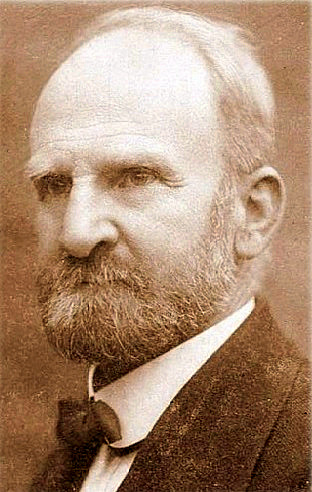
Willis Hoover
Ultimatum / Division
At the annual Conference of the Methodist Episcopal Church of Chile, held at Temuco in 1909, Bishop F. Bristol insisted that Hoover stop the “intolerable error in doctrine and practice,” or he would be dismissed from the Methodist Episcopal Church.
The two Methodist churches in the city of Santiago experienced an exodus of a significant percentage of their church members in September of 1909. They grew weary and discontented with the heavy-handed dealings of the Methodist clergy. They eventually started two new congregations: The Jotabeche Church, and the Sargento Aldea Church.
As relations with the Methodist hierarchy continued to deteriorate, Hoover had no other alternative than to resign from his pastorate at the Valparaíso church, as well as ro withdraw his credentials from that denomination—effective May 1, 1910. Leaving the Valparaíso church at the same time were 400 members of that congregation.
On May 25, 1910, the group that pulled out of the Valparaíso Methodist Church was organized under the name “Pentecostal Methodist Church,” with Willis Hoover as its pastor. Two weeks later, having been informed of the withdrawal of the Valparaíso group and the start of a new church, the two newly formed churches in Santiago decided to form a new denomination, and invited Hoover to assume the position of Superintendent over it—the Evangelical Pentecostal Church (Iglesia Evangélica Pentecostal).
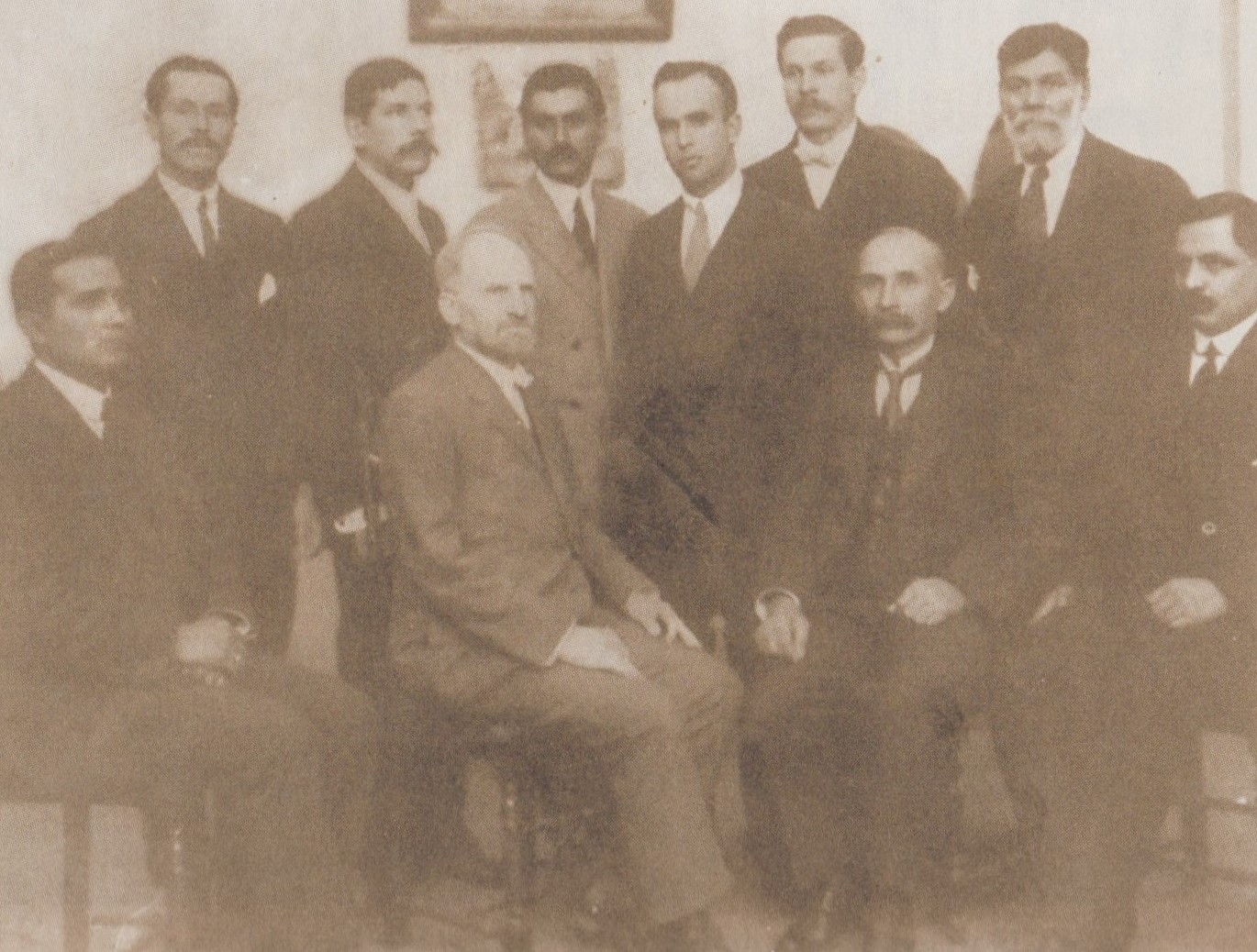
1918 Conference of the Iglesia Metodista Pentecostal Denomination – Willis Hoover seated, center left.
Results of the Revival
Though any divisiveness in the Church of Jesus Christ is undesirable, one positive outcome of the break from the Methodist Episcopal Church, and the establishment of the Iglesia Evangélica Pentecostal denomination, was a break from foreign missionary control and the first theologically and financially self-sufficient Protestant church in the developing nations.
With the Chilean independence from foreign missionary control, the Iglesia Evangélica Pentecostal denomination reached a membership of nearly one million in 70 years, whereas the Methodist Episcopal Church they withdrew from only doubled their membership during the same time period.
Statistics of the Iglesia Evangélica Pentecostal denomination:
► 1986—650,000 members
Statistics of the Methodist denomination in Chile:
► 1986—20,000
One of the Largest Churches in the World
The Jotabeche Methodist Pentecostal Church in Santiago, Chile, is now one of the largest churches in the world, with approximately 150,000 members. In 1990, that same church had an attendance of 80,000 members.
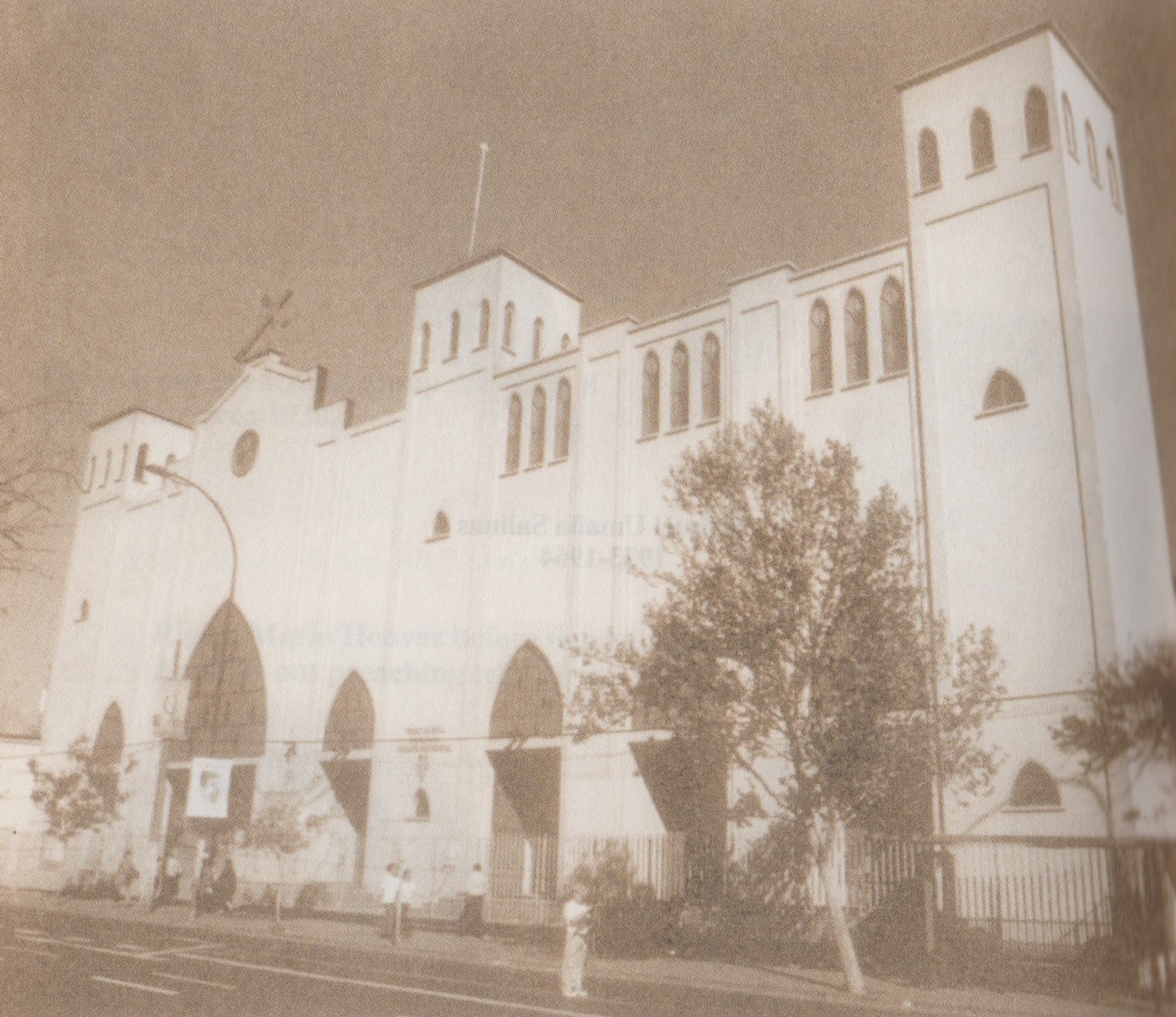
Jotabeche Cathedral, Santiago, Chile
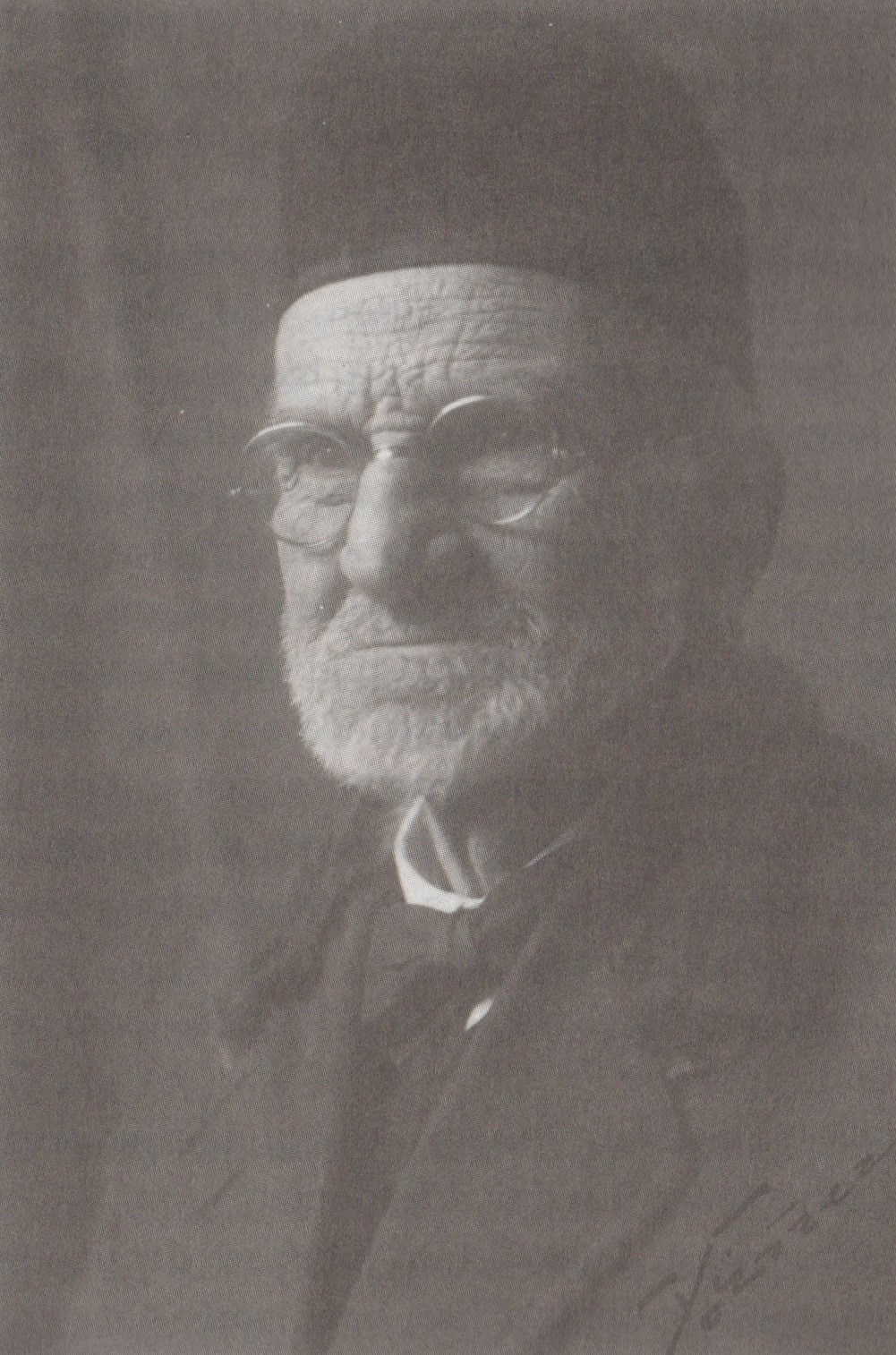
Willis Hoover a few months before his death in May, 1936
Sources
► El Movimiento Pentecostal Chileno ante La Busqueda De Unidad Christiana by Juan Sep ú lveda G
► Evangelical Awakenings in Latin America by J. Edwin Orr
► HERITAGE VOL. 8, NO. 3, FALL 1988 by the Assemblies of God Archives
► History of the Pentecostal Revival in Chile by Willis C. Hoover (Trans. Mario G. Hoover)
► Spiritual Power and Church Growth by C. Peter Wagner
► Today in Christian History: September 12, 1909 by Christian History Institute
► Tongues of Fire by David Martin
Return to List of Revival Stories
Chet & Phyllis Swearingen
(260) 920-8248
romans1015@outlook.com
Beautiful Feet
P.O. Box 915
Auburn, IN 46706

